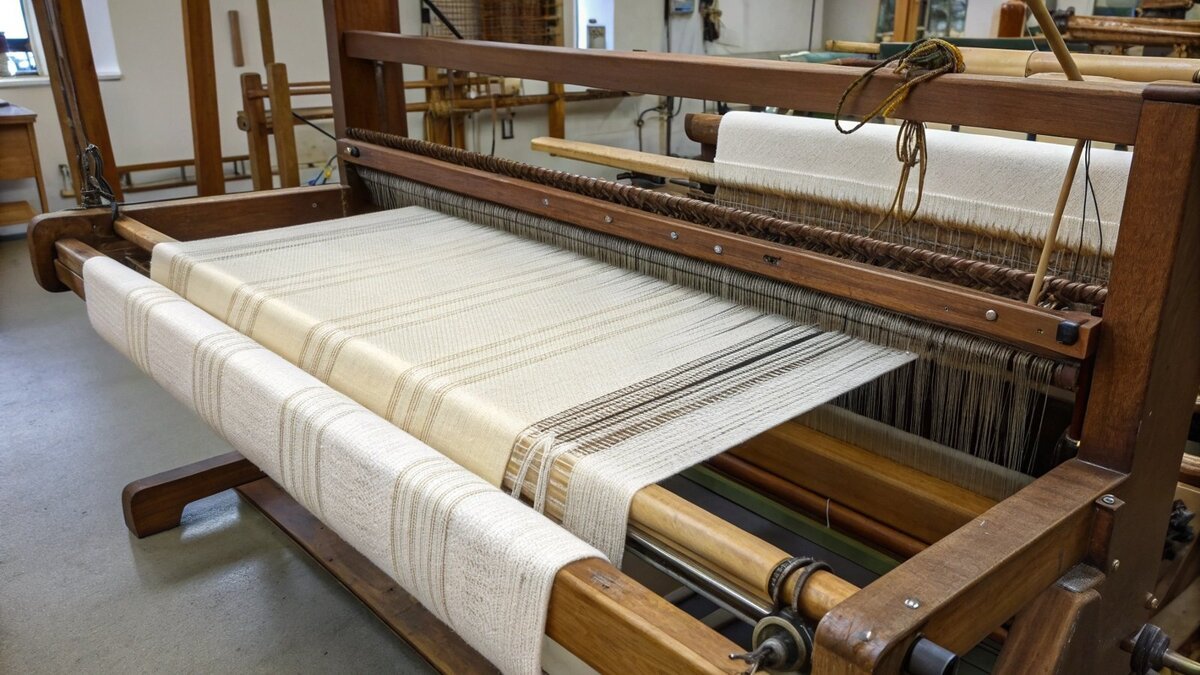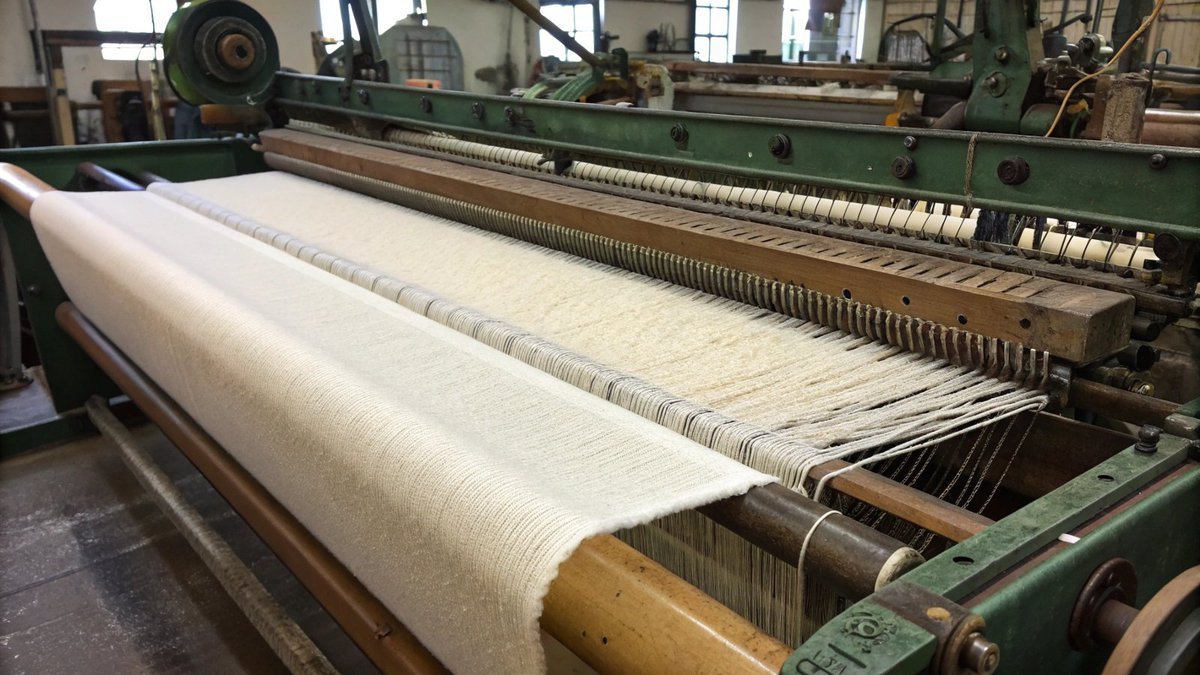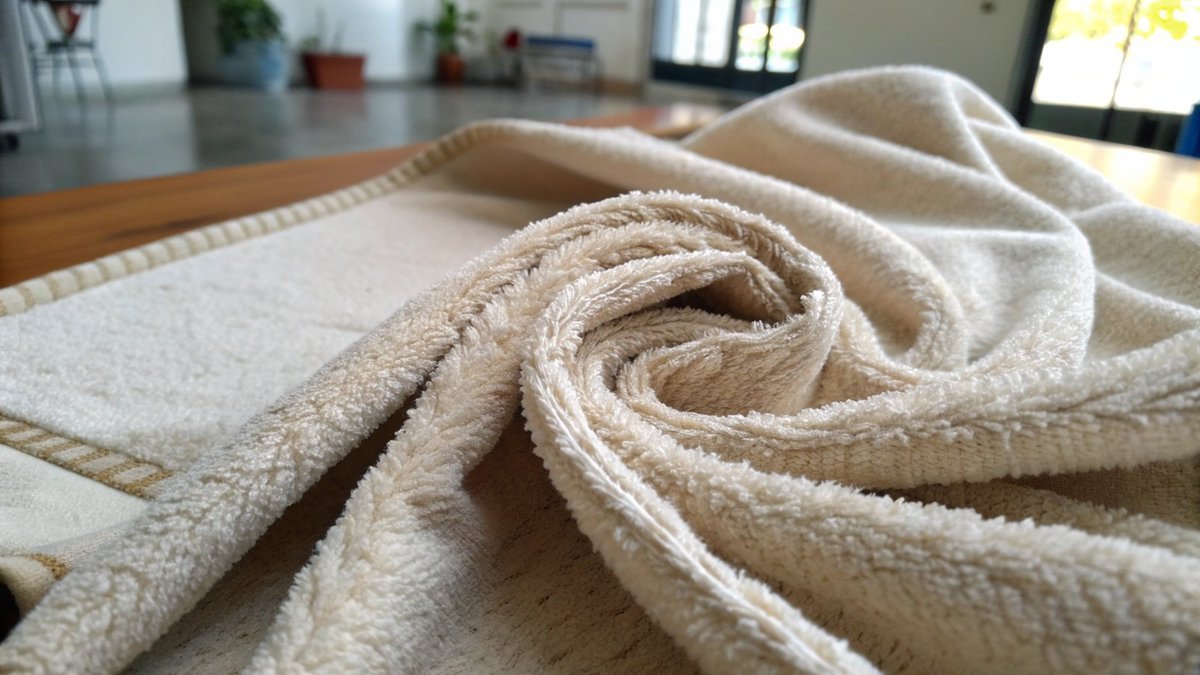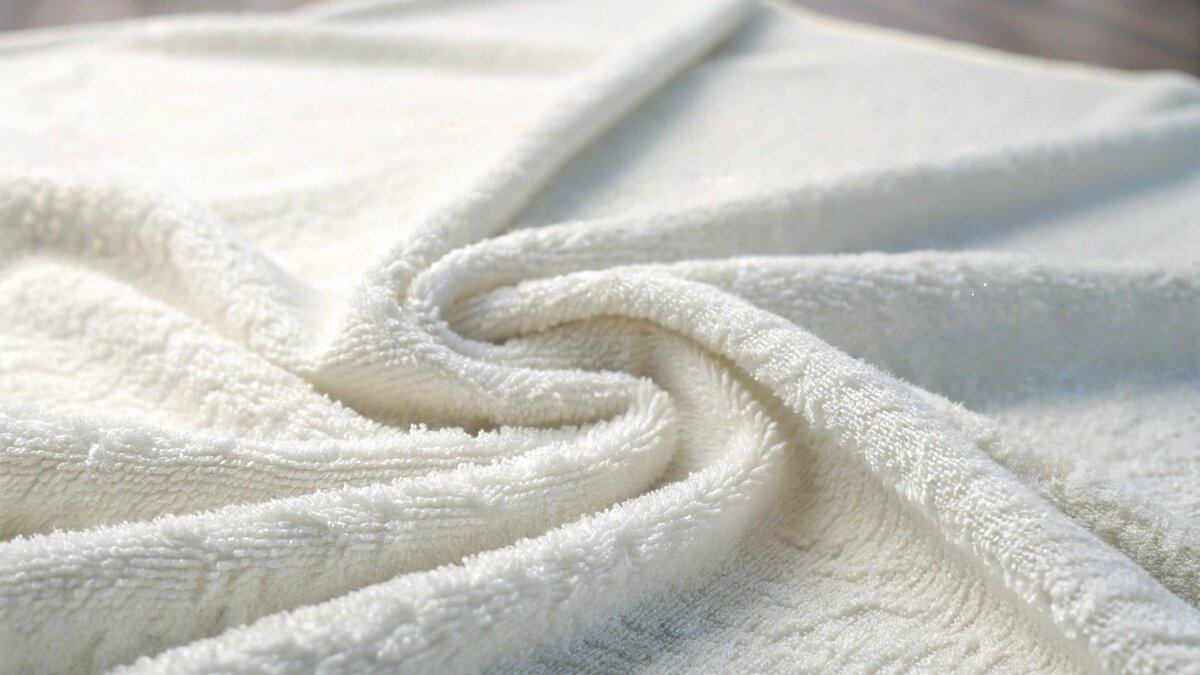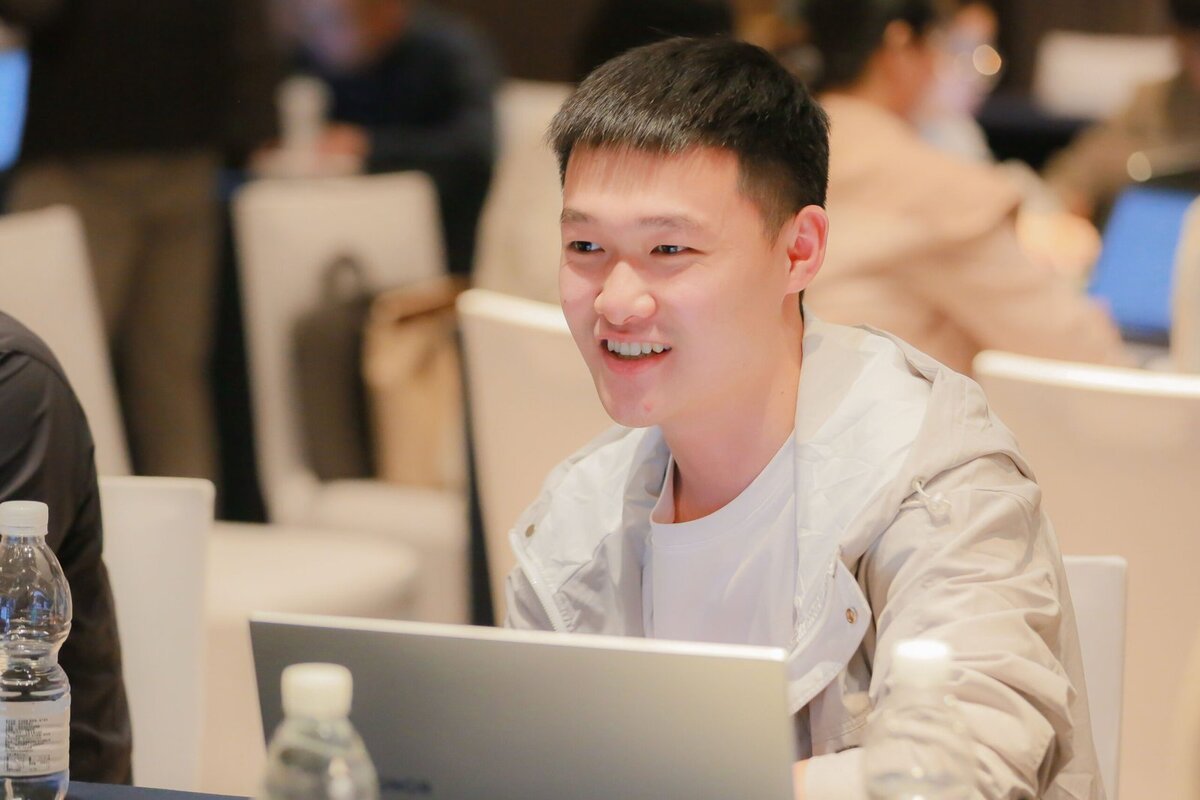Ever wondered how a simple towel gets so fluffy and absorbent? The secret lies in a special machine, and understanding it is key to sourcing the best quality towels.
A terry loom is a specialized weaving machine designed to create terry cloth. It uses a unique mechanism to form the uncut loops (pile) that make towels absorbent and soft. This process involves two sets of warp threads, one held at a looser tension to form the loops.
I’ve spent countless hours on factory floors since 2004, and the rhythmic sound of a terry loom is the sound of quality in the making. It’s not just any loom; it’s a piece of precision engineering responsible for the towels we produce every day. Understanding this machine is the first step to understanding towel quality. Let’s look closer at how this amazing process works and what it means for your final product.
What is a terry loom?
Confused by textile jargon? Getting the right towel means knowing the machine behind it. An ordinary loom just can’t create that classic, fluffy feel your customers expect.
A terry loom is a weaving machine that creates the signature looped pile of terrycloth. It works by using a special "beat-up" motion, where a comb-like device called a reed pushes some threads forward to form loops, while others remain tight, creating the towel’s base fabric.
To really get it, you have to think about two sets of threads. Imagine threads running lengthwise on a loom. These are called the warp threads. A regular loom has one set. A terry loom has two.
The Two Warp Beam System
The magic of a terry loom lies in how it handles these two sets of warp threads:
- Ground Warp: This set of threads is held under high tension. It creates the stable, strong base fabric of the towel. This is the backbone that holds everything together.
- Pile Warp: This second set of threads is held at a very loose tension. These are the threads that will become the soft, absorbent loops.
The loom weaves weft threads (the crosswise threads) through both sets of warp threads. But after weaving a few weft threads, a special mechanism comes into play. The reed, which is like a big comb, pushes the freshly woven weft threads tightly against the fabric. Because the pile warp is loose, this motion pushes the loose threads forward, forming the loops we know as terry pile. This process happens at incredible speeds, creating row after row of perfect loops. This control is how we ensure every TowelTrend towel has a consistent density and absorbency.
Why is it called terry toweling?
The name "terry" sounds simple, but do you know its origin? Understanding the name helps you communicate your product needs clearly with suppliers, avoiding miscommunication and costly errors.
The name "terry" is believed to come from the French verb "tirer," which means "to pull" or "to draw out." This directly refers to the pulled-out loops of thread that are the defining characteristic of the fabric. The technique itself was mechanized in the 19th century.
The name perfectly describes the visual effect of the weave. The loops look like they have been pulled out from the base fabric, which, in a way, they have. This simple, descriptive name has stuck for over 150 years. I remember a client who asked for "pulled loop towels," and I knew exactly what they meant because of this history. It’s a great example of how a name can perfectly capture the essence of a product.
From France to Your Bathroom
The technique was developed and industrialized in England and France in the mid-1800s. Before the specialized terry loom was invented, creating this looped fabric was a slow, manual process. The mechanization made it possible to produce terry cloth on a massive scale, transforming it from a luxury item into an everyday essential. Today, the term "terry" is recognized globally as the standard for absorbent, looped-pile fabric, used in everything from bathrobes to beach towels. When you specify "terry" to a manufacturer like us, we know you need that specific looped structure for maximum function.
Why are looms so expensive?
Have you ever experienced sticker shock from manufacturing costs? The high price of machinery directly impacts your final quote. Understanding why these machines are so expensive helps you appreciate the investment in quality.
Looms, especially modern terry looms, are expensive due to their precision engineering, high-speed capabilities, and complex electronic components. They incorporate technology like jacquard heads for patterns and automated sensors for quality control, representing a huge capital investment for a factory.
When you invest in a quality towel, you’re also investing in the machine that made it. These looms are the workhorses of our factory. They are built from thousands of precisely machined parts designed to work in perfect harmony at very high speeds. They often run 24 hours a day, so they need to be incredibly durable to withstand constant vibration and stress without losing accuracy.
Breaking Down the Cost
The price tag comes from a few key areas that directly translate to better towels for your brand.
| Component | Why It’s Expensive | How It Benefits Your Towel Order |
|---|---|---|
| Jacquard Head | A highly complex electronic device for weaving intricate patterns. | Allows for detailed custom logos and designs woven directly into the towel. |
| Electronic Sensors | Constantly monitor every thread, stopping the loom instantly to prevent defects. | Ensures a flawless fabric with consistent quality, even on small 500-piece runs. |
| High-Speed Parts | Built with premium materials to operate at high speeds without failing. | Faster production means we can meet our 15-day lead time commitment. |
| Heavy-Duty Frame | A massive, stable structure is needed to handle the machine’s speed and power. | Guarantees consistent loop height and fabric density from the first towel to the last. |
This investment in technology is how we at TowelTrend can offer low MOQs with the same quality and precision as a massive production run.
What is special about terry cloth?
Not all fabrics can be a towel. Choosing the wrong material leads to products that don’t absorb water, feel rough, and ultimately fail your customers’ expectations.
The most special quality of terry cloth is its incredible absorbency, which comes from the thousands of uncut loops on its surface. These loops dramatically increase the surface area of the fabric, allowing it to soak up large amounts of water very quickly.
The secret is simple geometry. The loops create a much larger surface area than a flat-woven fabric of the same size. Think of it like a sponge versus a flat piece of paper. The sponge’s porous structure allows it to hold much more water, and the same principle applies to the loops in terry cloth. This is the primary reason why it has been the undisputed champion of toweling fabric for over a century. A towel has one main job—to dry you—and the terry cloth structure is engineered to do that job better than anything else.
More Than Just Absorbency
While absorption is its star feature, the looped structure gives terry cloth other important qualities.
- Softness: The loops create a plush, soft cushion against the skin. We can control this by adjusting the height of the pile. A higher pile generally feels more luxurious and soft.
- Durability: The loops can move and flex, which makes the towel very resilient. It can withstand the pulling, twisting, and rubbing of daily use and frequent washing without easily snagging or tearing. The strong ground weave provides a solid foundation, ensuring the towel lasts.
- Versatility: We can change the fabric’s properties by modifying the loops. For example, shearing the loops on one side creates a soft, velvety texture called velour, which is perfect for printing vibrant designs on beach towels.
Conclusion
Understanding the terry loom is the first step to sourcing great towels. Its unique process creates the absorbent, soft, and durable fabric we all depend on every day.

